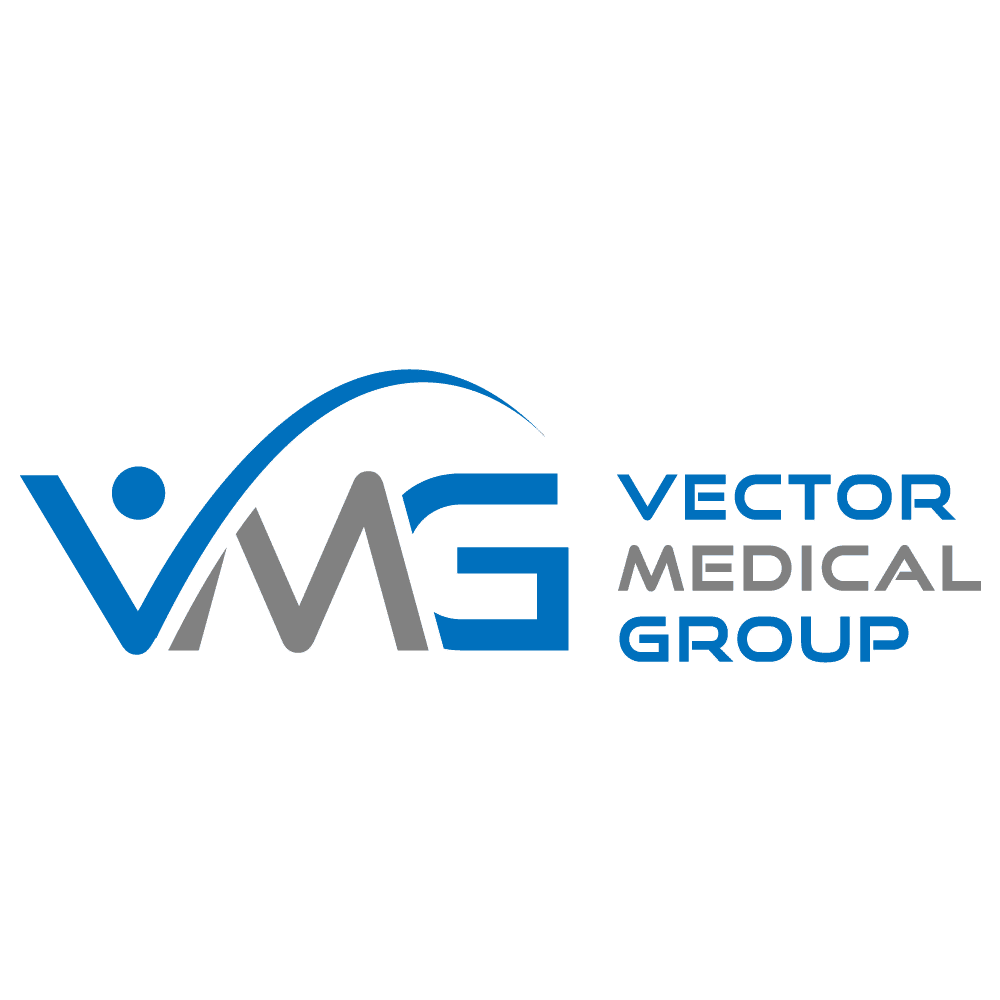By Dana Jacoby
As recently reported by Data Bridge Market Research, the North American aesthetic devices market is anticipated to expand at a compound annual growth rate of over 11% to $25bn by 2029. This expected market growth is driven primarily by the aging of the Baby-boomer population. This, combined with an increase in minimally invasive procedures and the commercialization of recent breakthroughs in aesthetic technology will produce an unprecedented surge in demand.
Similarly, Emergen Research has stated that the market for anti-aging devices market is expected to reach $14 billion annually in the United States by 2027.
Investment in research and development (R&D) in Dermatology and Aesthetics is steadily growing in the North American market, and healthcare expenditure continues to increase across the developed world and emerging economies as well. This creates an obvious competitive advantage for manufacturers to develop innovative procedures and therapies moving forward.
M&A Momentum
We have observed a persistent trend of consolidation within the dermatology and aesthetics market over the last decade.
Over the past two years, M&A activity has been notable. Financial sponsors are increasingly acquiring well-established platforms from other financial sponsors. For example, the recent buyout by Ridgemont Equity Partners’ of Anne Arundel from NMS Capital in October 2020. That purchase was fueled by AAD’s reputation as a well managed company in the rapidly growing but highly fragmented dermatology sector.
Independent physician practice owners are clearly flattered by the intensified demand and attractive valuations from private equity buyers. There are significant opportunities to consolidate within the sector despite the current economic woes and inflation concerns.
There is a growing amount of skepticism from some analysts with regard to the suitability and future role of financial sponsors and private equity groups in the healthcare sector. However, while there are factors that might dampen a physician owner’s willingness to sell, today’s M&A activity shows no indication of slowing any time soon. Of note, newly formed platform entities are looking for opportunities to acquire smaller practices in order to strengthen their reach and ancillary
revenue growth.
What are the key factors that stand out about the transactions and companies that are involved with PE fund managers in the dermatology industry?
During the last 12 months, there has been strong M&A activity for both platform practices and add-ons. Many analysts (our team included) expect to see continued growth. Dermatology and aesthetics practices continue to become more sophisticated in their understanding of investment strategies due to the volume of deals and maturation of the overall market. This will impact the discussions with financial partners and private equity suitors moving forward. As a result, it is becoming more difficult for investors to differentiate themselves to providers looking for investment partners.
History of M&A and where things sit currently:
Over the past decade, there has been uncertainty for private practice physicians, due to shifting market conditions and changes in payor methodologies and reimbursement models. For many groups, merging with another practice creates perceived advantages including economies of scale, robust payor strategies, direct-to-employer benefits, and ancillary revenue opportunities. In addition, reforms within the healthcare industry have created uncertainty, and many investors see the changes as an opportunity to create order from the chaos.
Unsustainable levels of spending are driving the shift to value-based care and the search for more effective and affordable solutions. The Covid-19 pandemic introduced modern technologies that have both empowered and educated patients and changed the way those patients interact with their care providers. At the same time, those same providers have adopted telehealth measures, care team buildouts, and online consultations. This collective “empowerment” has created a new algorithm in the comprehensive delivery of care.
In addition, patients now view access to healthcare and healthcare providers, as their right. Those expectations apply to the aesthetic and dermatology specialties as well. This is occurring at a time when the US government has recognized that societal wellness can be an economic asset for the populations it serves and is putting measures in place for broader acceptance of these norms moving forward.
Finally, in the past few years, healthcare organizations have been forced to adapt to new regulations while simultaneously focusing on growth, quality, positive patient experience and profitability. Coupled with an aging demographic of both physicians and patients, these changes have led to an unprecedented amount of merger and acquisition activity across the aesthetic and dermatology markets.
Dermatology and aesthetic practices utilize multiple product lines and revenue sources. This is different than other medical specialties and make dermatology and aesthetics practices a unique investment opportunity that is markedly different from other community-based specialties.
Many practices continue to innovate to increase their top-line opportunities, while restructuring to control their bottom-line expenses. For example, in the past year, many dermatology and aesthetic practices have pursued service-line expansion into repeatable, year-over-year offerings such as annuity focused cosmetics, cosmeceuticals, skincare lines, and other elective procedures. In addition, practices are also developing vertical integrations of dermatopathology, service-line
lab offerings and other more sophisticated service expansions. These factors, coupled with shifting healthcare market conditions, create compelling investment opportunities for PE sponsors and other investors long-term.


